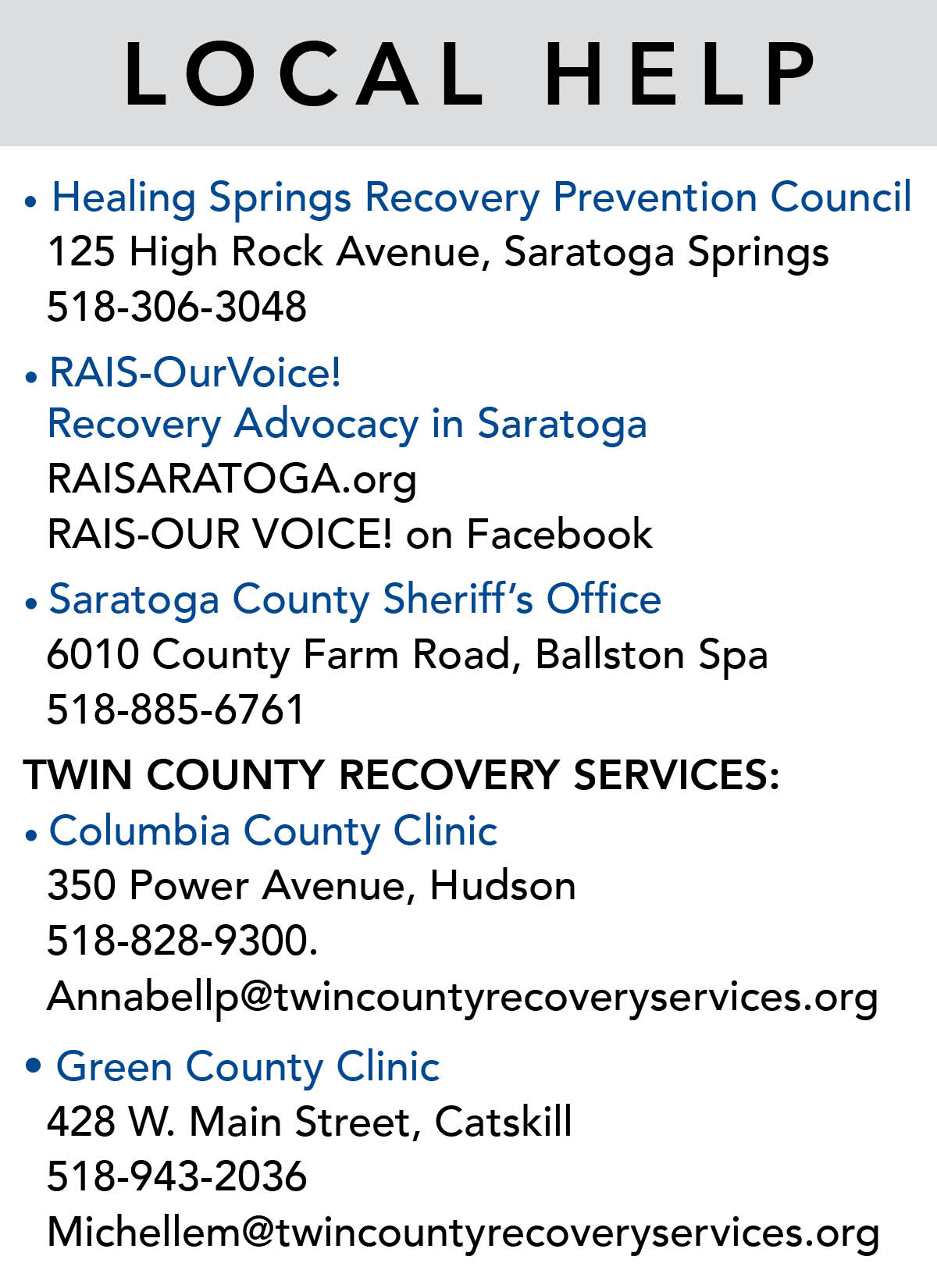IN THE 1960’s during the height of the “sex, drugs and rock ‘n roll” counterculture, 80 percent of people who sought treatment for heroin addiction reported that their addiction began with the use of heroin, according to the National Institute of Drug Abuse.
Citing a 2014 study, the Institute reported that a staggering 75 percent of people seeking treatment for heroin addiction reported that their use began with a legitimate prescription, written by their doctor or administered in a hospital. Those drugs – oxycodone, hydrocodone, fentanyl, to name a few – prevent the pain message from reaching the brain.They also facilitate a feeling of relaxation and euphoria, which is one of the reasons it is so easy to become addicted.
The major drug companies – who have made billions of dollars with these drugs – created marketing campaigns and tactics that were not only unethical; for millions of people whose lives have been forever altered, they might be seen as downright criminal. As the American public became hooked on painkillers, regulations and monitoring programs were being instituted, which made it more difficult to obtain prescription opioids. Many people have turned to the streets, looking for cheaper and more readily-available heroin.
The resulting costs to families and communities are obvious, and the American taxpayer – whose tax dollars go to fund our police departments, our first responders, our prevention and treatment programs – ultimately are the ones footing the bill for the unfettered greed of the behemoth pharmaceutical companies, for whom profits win out over ethics. A perfect example is Purdue Pharma.
In 2001 Oxycontin, manufactured by Purdue, generated $3.1 billion in revenue for the drug giant. It is a powerful opioid, which Purdue touted in the late 1990’s as being nearly “addiction-proof.” Just a decade or two earlier, physicians had been very conservative about prescribing opioids because of their highly addictive nature. This class of drugs was typically reserved for use only in cancer patients and others suffering from extreme pain.
But a “perfect storm” was brewing, to borrow the expression used by Dr. Joshua Zamer, Medical Director of Addiction Medicine at Saratoga Community Health Center. The medical profession had embraced the model of thinking of pain as a “fifth vital sign.” Physicians were being trained to view pain as equally important as other vital signs like blood pressure and respiratory rate, and they were increasingly under pressure to alleviate pain.
That pressure, combined with the marketing genius of companies like Purdue, resulted in a shift in how members of the medical community viewed drugs like Oxycontin. They became a viable option for patients dealing with chronic or severe pain. As more and more people gained access to opioids to make their pain go away, the insidious and invisible epidemic began to seep into every layer of the nation’s socio-economic strata.
Purdue Pharma publicly acknowledged just how brilliant their marketing efforts were, and in 2007 the company pleaded guilty to“intent to defraud and mislead the public,” paying $635 million in penalties. Indeed, it was a small price to pay, given the profits the company had already reaped.
According to a recent article in The Daily Beast, over the next two years the opioid epidemic is expected to cost the United States about a trillion dollars and result in the deaths of nearly 100,000 people.
The costs to our cities, towns and counties come in the form of increased spending on police and first responders, higher insurance costs, and the need for more prevention education and outreach in the schools and in the communities. President Trump has declared the opioid epidemic as a public health crisis; but, to date, there has been no move by the Administration or Congress to increase funding to alleviate the devastating effects on towns, municipalities and counties.
To date, approximately 250 cities, towns and counties across the country have filed lawsuits against Big Pharma in the hopes that they can recoup the monies that have been spent – and will continue to be spent – on the many efforts to combat the epidemic.
Peter Martin, Public Safety Commissioner for the City of Saratoga Springs and former Saratoga County Supervisor, voted in 2017 with his fellow supervisors to file a lawsuit against the major drug companies on behalf of Saratoga County. Schenectady County also filed its own lawsuit in 2017 and, in the past two weeks, the city of Schenectady has followed suit.
Martin said that, while the city of Saratoga Springs is currently considering whether to join a multi-district litigation – which is similar to a class-action lawsuit – he said that damages are easier to obtain at the county level. “The county is responsible for Medicaid, which is where some of the largest damages are incurred and, certainly, a city like Saratoga wouldn’t have the same magnitude as the county, which is why we are waiting for more advice on the issue,” said Martin.
The law firm of Dreyer Boyajian LLP is representing several cities, counties and towns in New York State, including the city of Schenectady, Fulton County, Plattsburgh and other entities such as hospitals, American Indian tribes – in short, anyone who has been harmed by the ongoing epidemic. According to partner Don Boyajian, joining a multi-district litigation can increase the effectiveness of the actions. He pointed out other lawsuits in past years where corporations ended up pleading guilty and making reparations.
In all of this, the model has been the Big Tobacco lawsuits that were filed by the states in the 1990s. The end result of those suits in 1998 was a $246 billion payout, which the tobacco companies will not be done paying until 2025. The goal of these city, town and county lawsuits is to make Big Pharma feel the same pain that Big Tobacco experienced. In the process, we can only hope that Big Pharma will feel a twinge of conscience as well.





 How to resolve AdBlock issue?
How to resolve AdBlock issue? 































